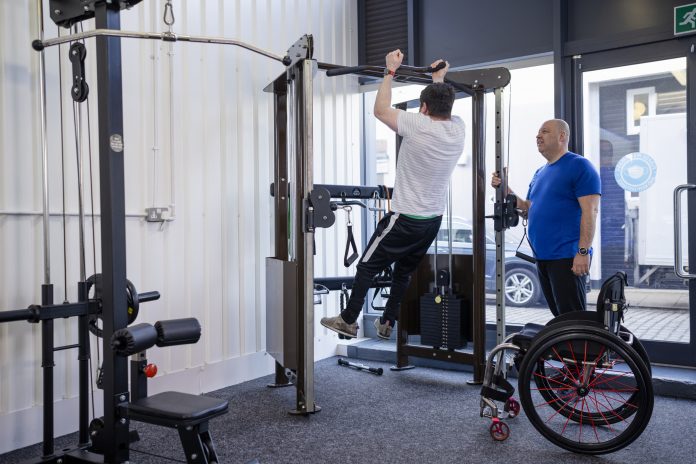The effectiveness of fat burning during exercise varies significantly among individuals, challenging the validity of commercial exercise machines
Researchers at Icahn School of Medicine at Mount Sinai challenge the one-size-fits-all approach of commercial exercise machines’ “fat-burning zone.” This zone, often determined by age, sex, and heart rate, fails to align with personalised fat loss goals.
This approach aims to use exercise in a new innovative approach.
Rethinking the “fat burning zone”
Instead of relying on generalised fat-burning zones, researchers advocate for clinical exercise testing. Utilising a machine learning-based model, this approach accurately measures an individual’s physiological response to exercise, offering tailored fat loss guidance.
The significance of FATmax
FATmax, the exercise intensity at which the body maximises fat burning during aerobic workouts, is essential for optimising fat loss. This point marks a substantial utilisation of fat as fuel.
Precision exercise for personalised results
A study involving 26 individuals highlights the discrepancy between predicted and measured heart rates within the typical fat loss zone. This disparity emphasises the need for personalised exercise prescriptions based on clinical testing, potentially leading to improved weight loss, fat reduction, and metabolic health markers.
Data driven approach and clinical exercise
Embracing a data-driven approach and clinical exercise testing for personalised exercise prescriptions can revolutionise the way individuals approach fat loss, defying the limitations of commercial exercise machines and ushering in a new era of precision exercise.
By tailoring workout intensities to each person’s physiological response, individuals can potentially unlock more effective fat burning and achieve their weight loss objectives.
This shift also highlights the role of technology in promoting health, encouraging both individuals and fitness trainers to explore innovative strategies backed by scientific insights. As research progresses, the vision of a future where exercise is uniquely optimised for each individual’s fat burning potential seems promising, with the potential to reshape our understanding of fitness and well-being.











